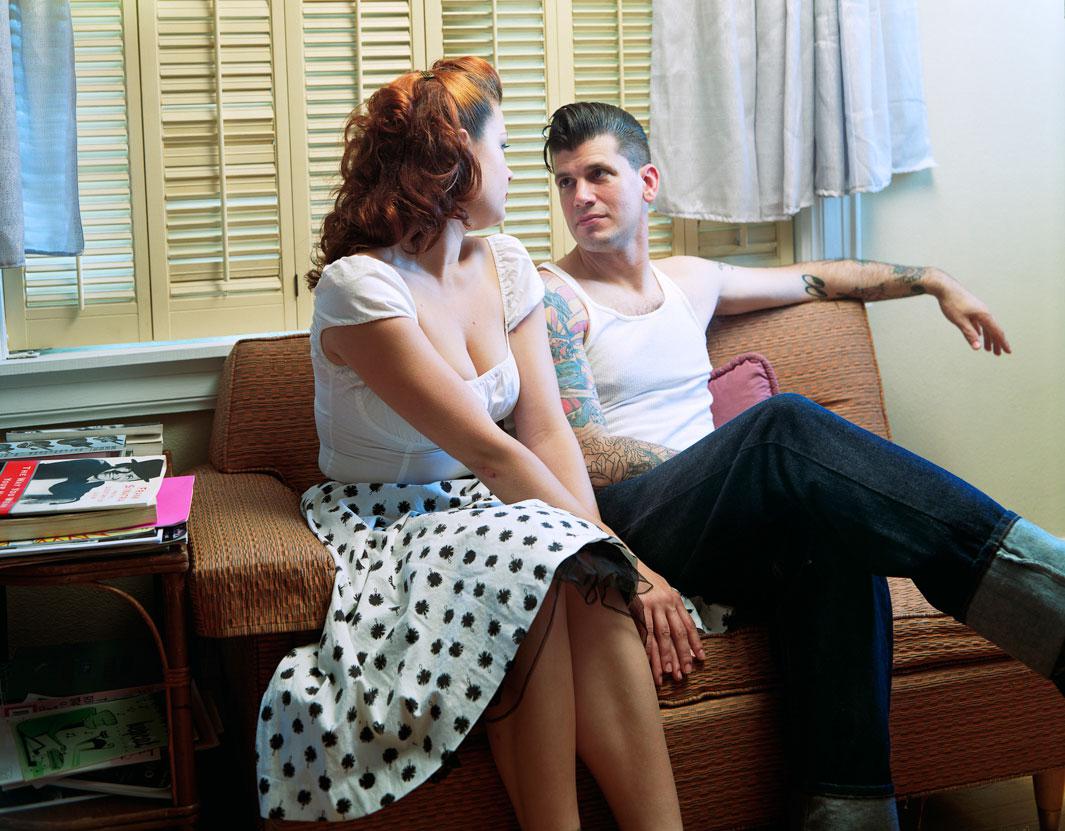Rockabillies adhere, both culturally and aesthetically, to a 1950s version of America. They aren’t necessarily looking to turn back the clock on everything from that period; they simply borrow elements such as clothing, hairstyles, or furniture, which they incorporate into their daily lives.
Jennifer Greenburg approached her photos, which were published as a book, The Rockabillies, by the Center for American Places in 2010, in a similar manner—she took pieces of something and put her own spin on it.
“I never wanted to be a tourist,” she said about the work. “I don’t think you should go into a situation you don’t fully understand and haven’t done extensive research on and take photos because no matter what people assume—and anyone who knows anything about photography knows the camera doesn’t project anything factual—it’s always an interpretation of what’s in front of the lens at the hands of the person operating the camera.”
That’s not to say that the subjects in the photographs weren’t and aren’t real to Greenburg. As a child she had been fascinated by vintage and rockabilly music, imagining what it would be like to be a part of their culture. As she began to meet people, first at flea markets where she purchased vintage items, her youthful thoughts of their positivity were confirmed.
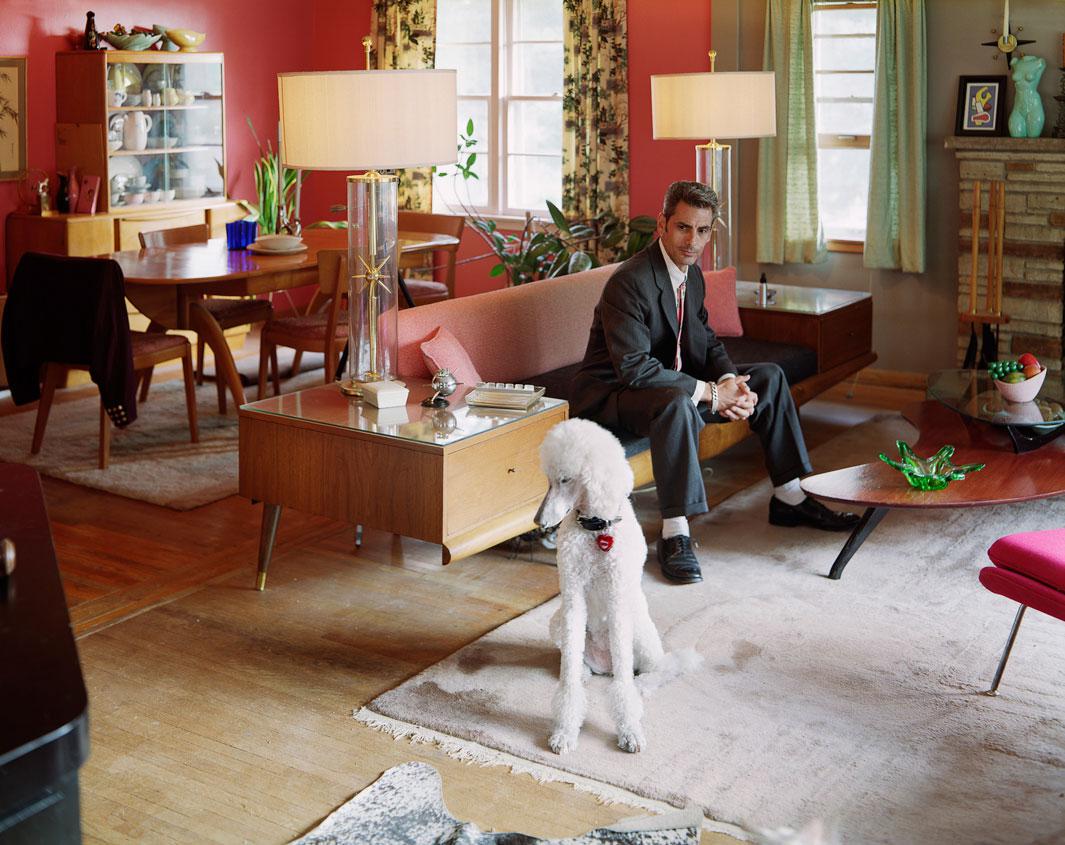
Jennifer Greenburg
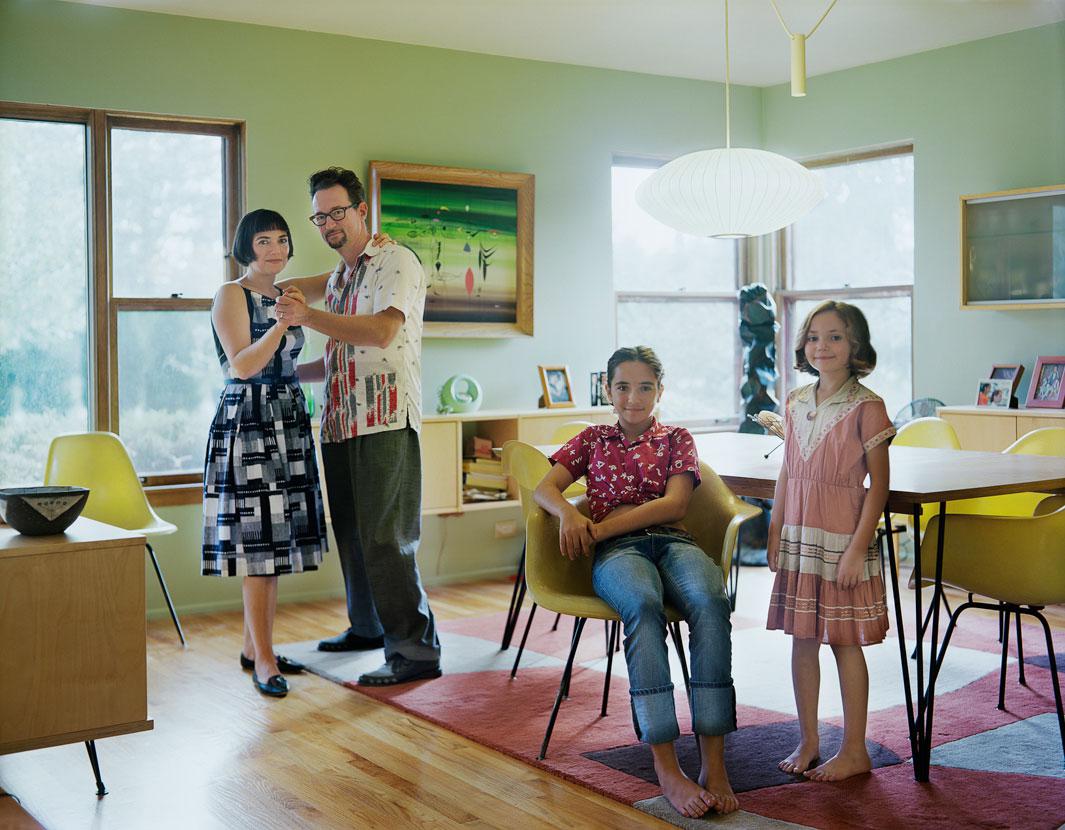
Jennifer Greenburg
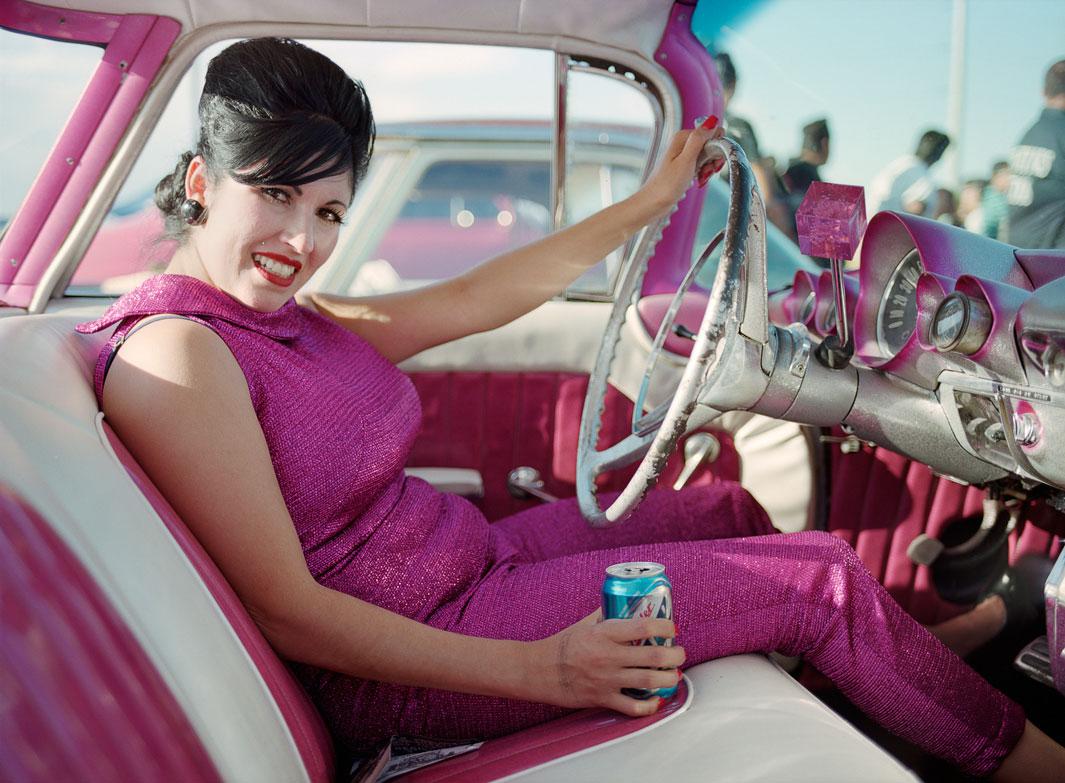
Jennifer Greenburg
There were also surprises for Greenburg, who grew up in Chicago in a Jewish, multicultural environment. An initial one was her conflicted ideas of how rockabillies lived their lives: They got married and lead heteronormative lifestyles from the 1950s, white picket fences and all.
“I just thought that was the craziest thing I ever heard. Why would anyone in the world want that? So that’s what interested me in the first place: I can understand if you want a blue Mohawk and want to run down Michigan Avenue naked but I cannot understand moving to the suburbs … that was a big disconnect for me.”
When Greenburg began the project, before the Internet was what it is today, she relied on word of mouth to meet more subjects, many of whom also offered her a place to stay while she worked on their portraits; she felt accepted into a big family.
“What happened is far better than what I imagined,” she said. “It exceeded my expectations; all these years later they’re still my main social group.”
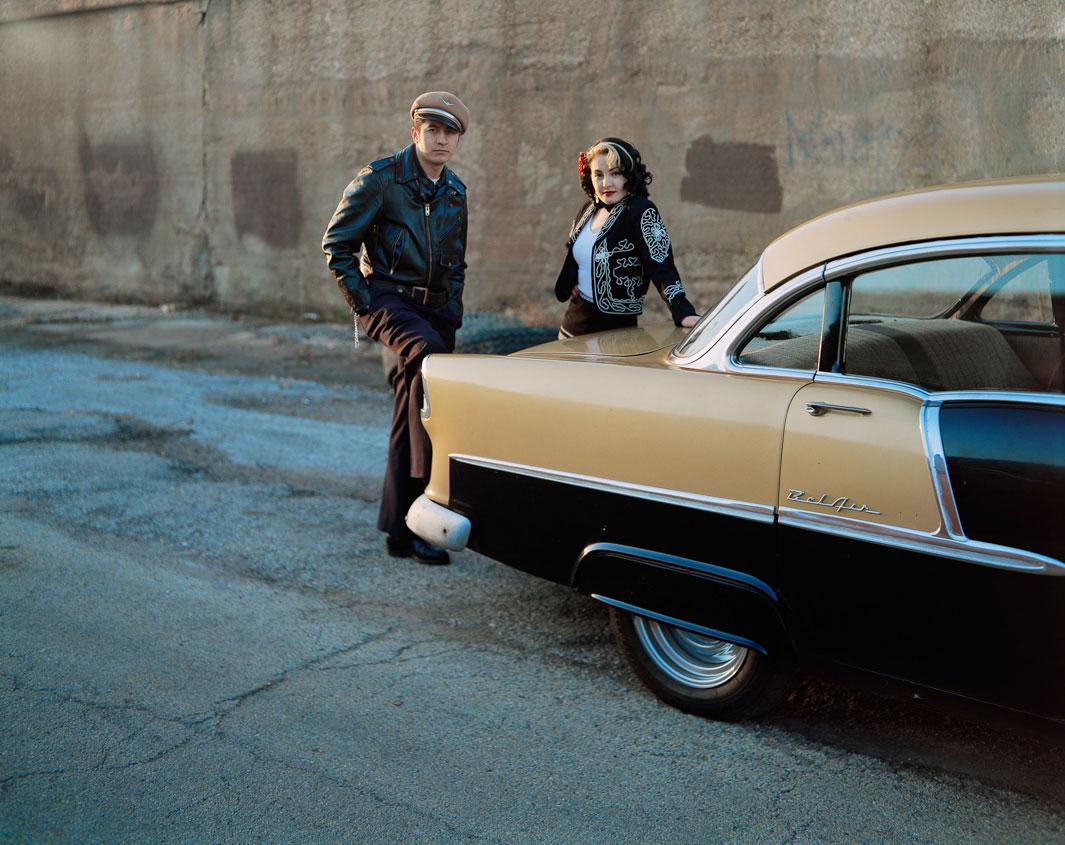
Jennifer Greenburg
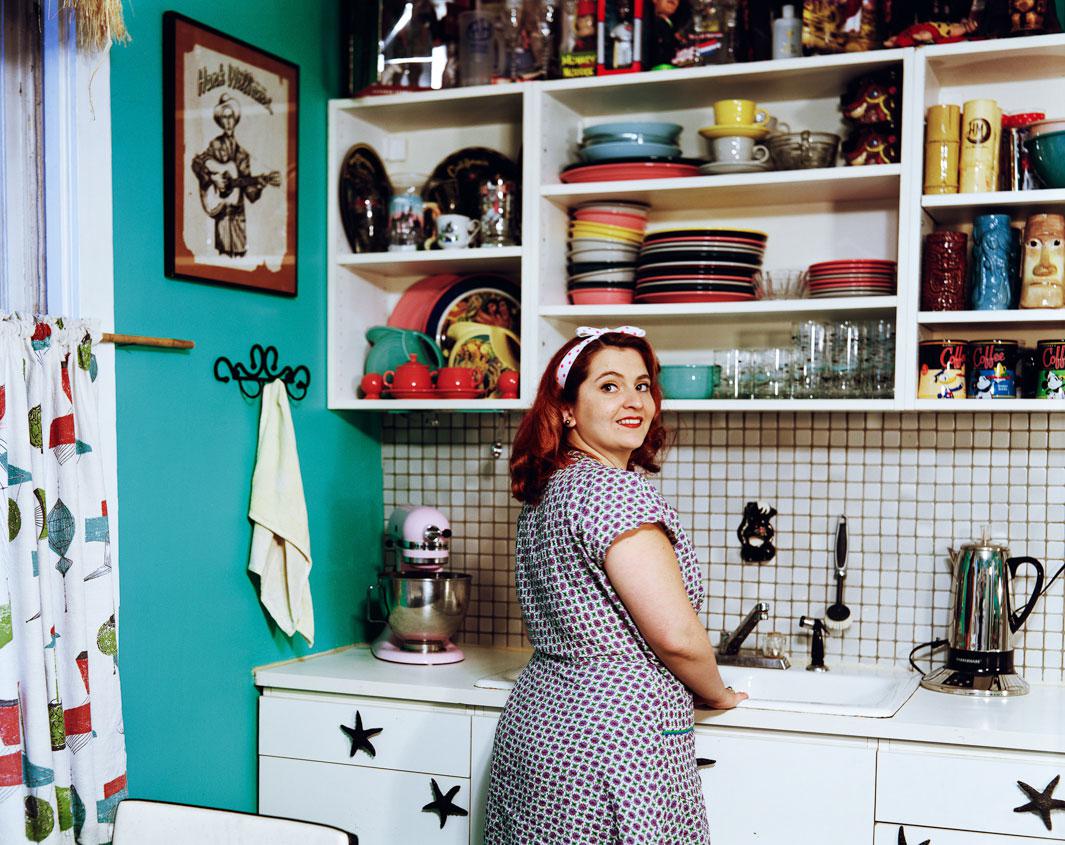
Jennifer Greenburg
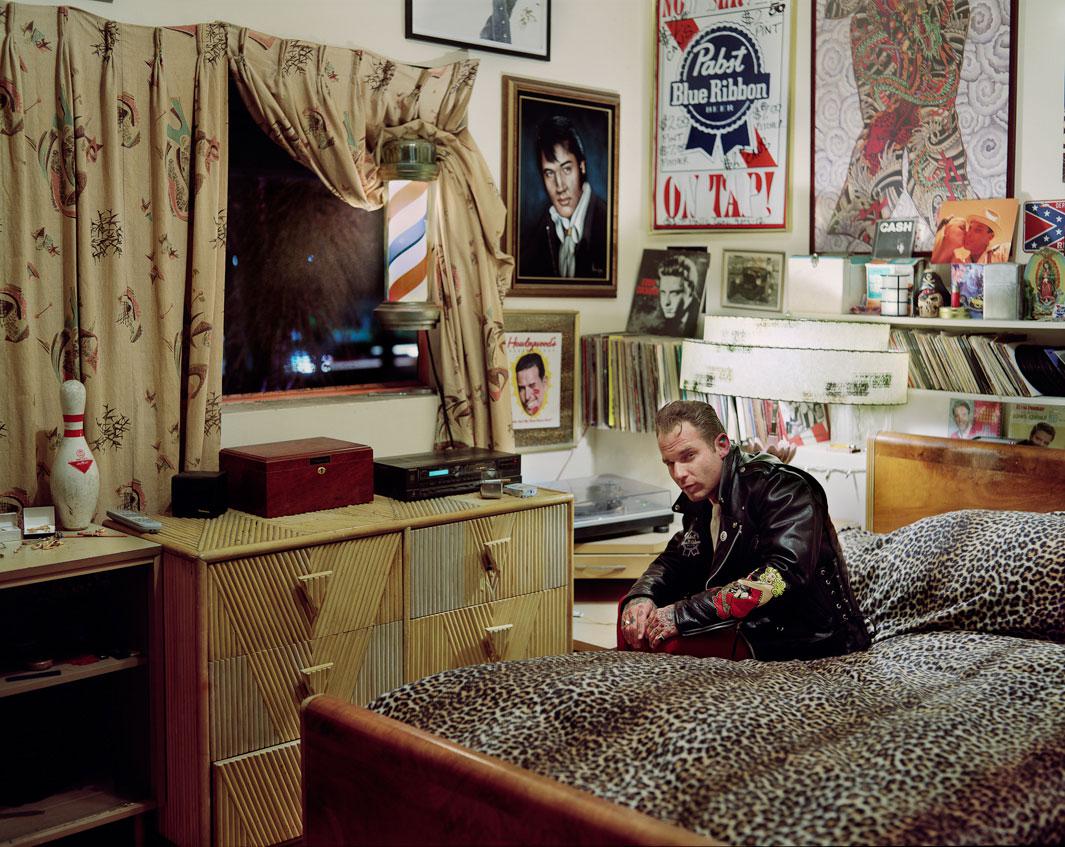
Jennifer Greenburg

Jennifer Greenburg
